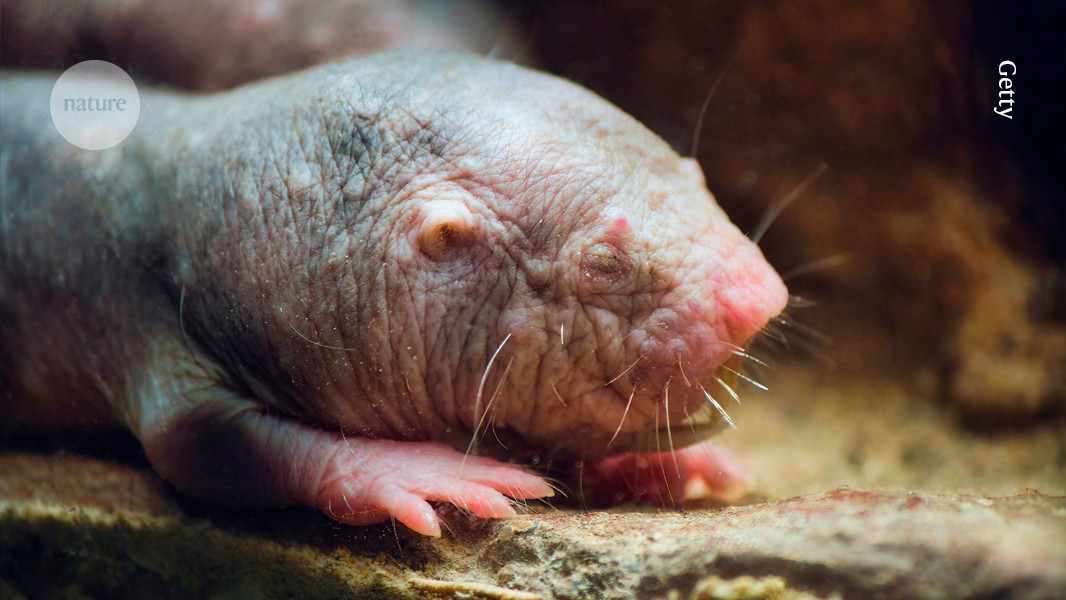
"Four subtle tweaks to an enzyme could help explain why naked mole rats' can live for nearly 30 years, an unusually long lifespan for a creature its size. The naked mole rat ( Heterocephalus glaber), native to the Horn of Africa and parts of Kenya, has drawn attention from researchers because its genetic make-up is closer to humans than it is to mice, making the burrowing rodent an ideal model for studying ageing and longevity."
"Zhiyong Mao, co-author of the study and a molecular biologist at Tongji University in Shanghai, China, and his colleagues wanted to investigate whether a similar process occurs in naked mole rats. They found that four specific amino acid substitutions in the enzyme prevent it from breaking down too quickly after DNA damage. The persistence of cGAS means that the enzyme can connect more effectively with other DNA repair proteins that help to boost the cell's ability to fix broken DNA."
"An accumulation of genetic mutations and DNA damage during cell division is a significant driver of ageing and age-related diseases. A process called homologous recombination (HR) is a crucial DNA-repair pathway, and defects in this process are linked to premature ageing and cancer. During the HR process in humans and mice, cGAS enzyme gets pulled away from the damaged DNA by another protein, disrupting the repair."
Naked mole rats possess four specific amino-acid substitutions in the enzyme cGAS that prevent rapid degradation after DNA damage. The persistent cGAS enhances interactions with DNA-repair proteins and promotes homologous recombination, a key pathway for fixing broken DNA. In humans and mice, cGAS can be displaced during HR, disrupting repair and contributing to mutation accumulation that drives ageing and disease. Removal of cGAS from naked mole rat cells by CRISPR-Cas9 led to accumulated DNA damage. Expressing human cGAS engineered with the four naked-mole-rat mutations extended lifespan in fruit flies, linking the substitutions to improved genomic maintenance and longevity.
Read at Nature
Unable to calculate read time
Collection
[
|
...
]